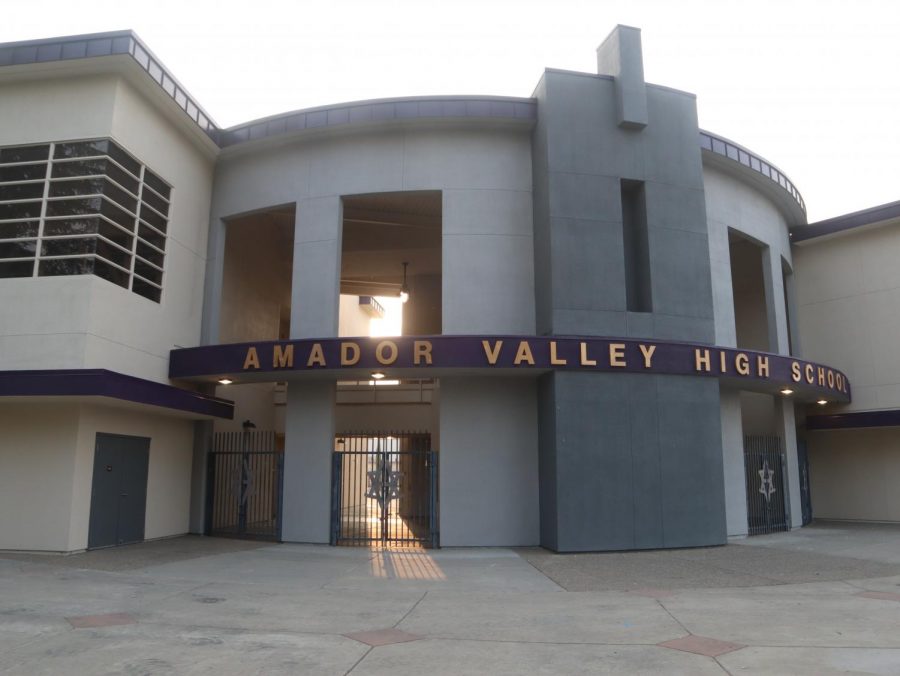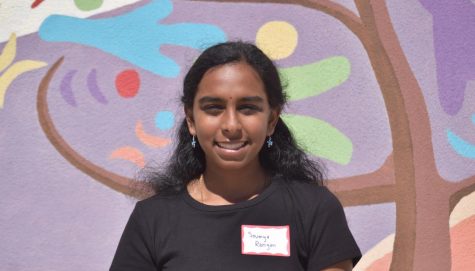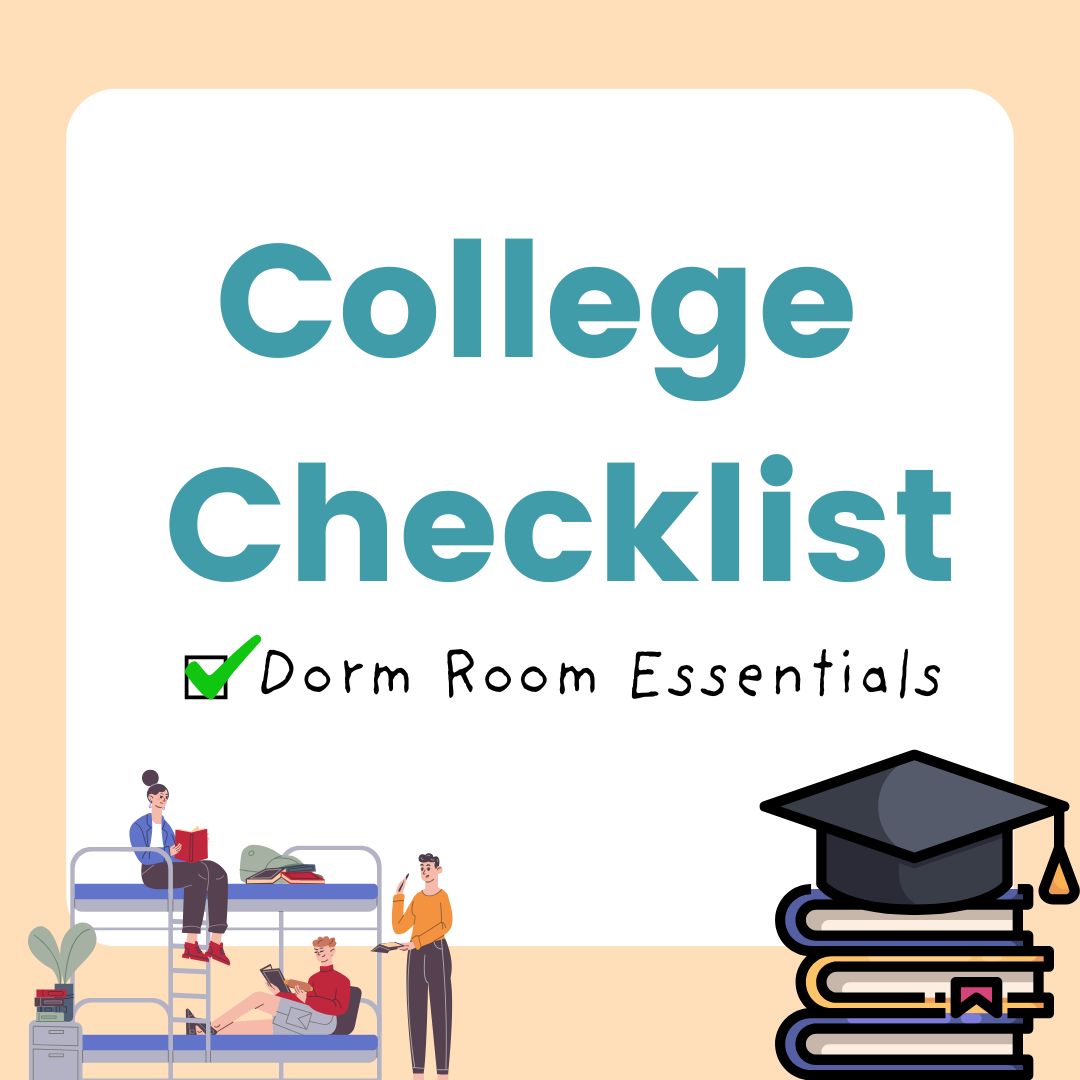With no end in sight, online learning continues to pose challenges for PUSD
Amador is mostly empty in the mornings aside from some teachers and staff who want to be in their classrooms for remote learning. Everyone else is at home, connecting through Zoom.
September 20, 2020
Online learning in Pleasanton is not likely to end soon, meaning that students and staff must continue to work together to overcome the challenges of remote learning.
Everybody is still adapting to the current situation, but its volatility means that it is difficult to predict what the next steps should be. As a result, Amador is focusing on the present rather than looking too far into the future.
“I think it is really important, for all of us, students, professionals, and parents, to focus on the present and really insure that we are doing the best we can with current guidance rather than looking into the future,” said AV Principal Joshua Butterfield.
However, there are plans and guidelines regarding school reopening that have already been approved, such as the FLEX, hybrid, and independent study options. The issue is when those plans will be put into effect.
“On July 14th, our board of trustees approved a school reopening plan. We still plan on following that plan, which includes a hybrid option for students. We plan on implementing that when we are able to— we just are not there yet,” said PUSD communications coordinator Patrick Gannon.
Online learning will continue until the district deems it safe to implement the plans for reopening. Until that point, students and teachers must cope with remote instruction.
The lack of hands-on learning significantly disrupts the learning process, especially with science-related courses such as Chemistry. Labs are critical parts of science class curriculums, so teachers are experimenting with virtual labs.
“We tried different styles of activities. Activities with [physical] labs are obviously not possible. However, there are some virtual labs, which have been fine. We are doing things that people have done before like group work and interactive pear decks. We did a lab in-class and students worked in lab groups,” said Chemistry teacher Drew Melby.
Although teachers are thinking of new ways to interact with students, there will inevitably be some disconnect as total class time is shortened and everything is conducted online.

“I like in-person school because usually, in online learning, you can always go on your computer and do whatever you want. There’s also your phone next to you. It’s a lot less harder to focus than in person,” said Sean Kadkhodayan (‘23).
In addition to a lack of focus, there is a lack of engagement.
“It’s harder to encourage questions, I’m not exactly sure why. Even through a private chat, it seems like we aren’t getting enough questions as I would expect,” explained Melby.
Teachers are receiving weekly trainings to respond to online learning through technology support. As a result, they are adapting to the online format to facilitate learning.
“So far, most teachers that my children have dealt with have been super responsive and well prepared. I am personally quite happy with how PUSD has remained flexible, approachable, and up to date with changing situations at this unprecedented time,” said parent Devamita Datta.
Many students want to be back on campus, but they also recognize the health risks that in-person school would pose.
“Personally, as much as I do want to go back to school, I don’t think I would feel safe enough going back unless it was in very small groups,” said Lois Hong (‘22).
Nobody knows how COVID will develop in the future; however, when the time comes for in-person instruction, there are strict plans and guidelines to ensure a safe reopening.
For now, schools are trying to better the present situation and focus on student/teacher welfare. Everyone is facing difficulties, so it’s especially important to understand that anyone can ask for help, anytime.
“It is important to remember that it is okay to reach out to ask for help and that there are folks out there that want to help you and support you,” said Gannon.
Students and families can contact teachers, school officials, and others to ask for help. They can also visit PUSD’s website for more information, including videos, articles, and documents about the current situation.





